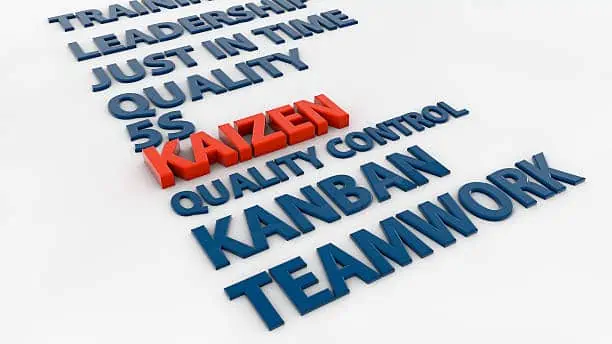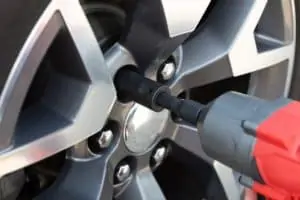What is Just in Time
Just In Time (JIT) is a management strategy designed for competitive advantage. It is structured around values that are rooted in Lean (Click here for more information on Lean) principles:
- Continuous Improvement
- Waste Reduction
- Increased Efficiency
The idea of increasing profits through operational cost reductions is not new but has evolved in complexity since Henry Ford popularized automotive mass production.
Modern Just In Time concepts refer to the movement of through the production chain only when they are needed. While the ideas are manufacturing focused, they also serve to address so much more:
- Overproduction (Manufacturing)
- Dead stock (Inventory)
- Time waiting on materials to arrive (Labor)
- Time spent on unnecessary transportation or movement (Logistics)
- Waste associated with defects (Quality Control)
The Just in Time Half-Measure
Most companies ignore Lean principles when implementing Just In Time strategies. This has become apparent during the ongoing supply chain crises, as shelves empty of toilet paper, gas and meat prices rise, and chip supplies evaporate.
The benefits of JIT processes are well documented and appeal to companies intent on improving their bottom line. But the costs and disciplines associated with a well-managed JIT strategy are somewhat less appealing and seem easy to ignore; for example, there is little appetite for:
- Securing multi-skilled workforces
- Forming collaborative partnerships with base suppliers
- Training and monitoring supplier networks to assure product quality and on-demand delivery
Putting Just in Time in the Crosshairs
Just In Time strategies work; they generate efficiencies and lower costs. But they also require the entire Lean package in order to ensure business continuity . The tsunami that struck Japan in 2011 revealed this in no uncertain terms.
Toyota, a global leader in JIT, struggled to recover its supply chain in the wake of the 2011 disaster. Many of Toyota’s supply chain disruptions surprisingly came from tier 2 and tier 3 suppliers, companies with whom Toyota had little or no relations or interactions. The situation was so unexpected and severe it triggered a massive, inter-company supply chain evaluation. This study was designed to identify hidden vulnerabilities and prescribe preventative actions.
As a result of this study, Toyota:
- Introduced a complex early-warning system aimed at maintaining supply chain integrity
- Established close, ongoing communications with its extended supplier base
- Bolstered the inventories of at-risk parts
Fast forward to 2022 and the current supply chain crisis. Widespread manufacturing and supply disruptions across the economy are strangling JIT production, generating shortages, and inflation. In the automotive sector, the crisis is made worse by a persistent, debilitating chip shortage, which is constraining vehicle production and costing tens of billions of dollars.
The chip crisis appeared out of nowhere for most automakers, forcing them to idle factories and cut production. Interestingly, one automaker has avoided much of this pain. The Toyota early-warning system altered the company to the impending shortage, causing it to increase its chip inventory to four months. This action has insulated Toyota from some of the harshest realties of the chip crisis.
Doing Just In Time Right
Just In Time is not a flawed idea. It holds real merit, both for short-term profit and for long-term sustainability. It is a true marvel of modern thought and ingenuity. But it also comes with obligations to:
- Seek input from your workers and suppliers
- Identify existing problems and implement smart solutions
- Look for future problems and implement preventative measures
- Engage in continuous improvement efforts
- Distinguish between good costs and bad costs
Companies that are able to do these things will be well-positioned for current success and future growth. Companies that fail in these areas are destined to repeat the mistakes of the past.






